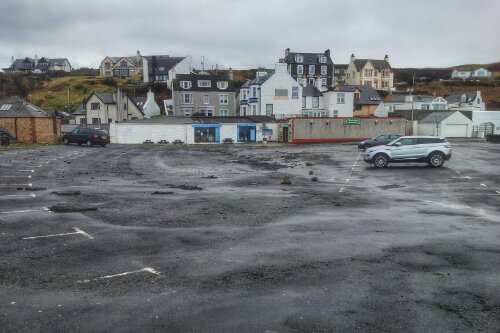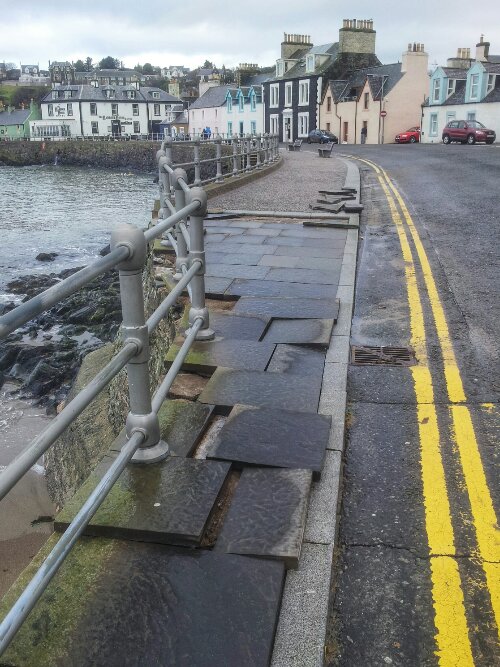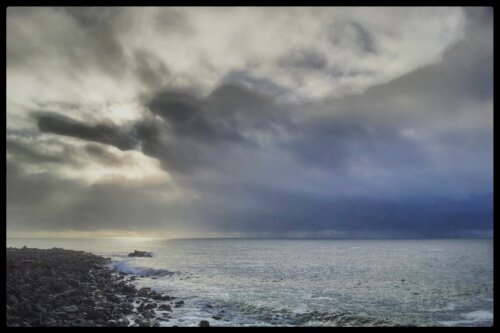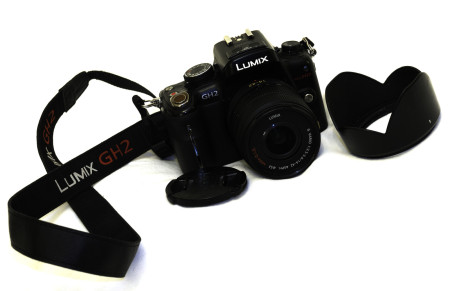 Nearly 3 years ago I spent the best part of 2 hours one afternoon in PCWorld, looking to kick the Canon habit and vacillating between a Nikon (as I recall, the D3100) and the Panasonic Lumix GH2.
Nearly 3 years ago I spent the best part of 2 hours one afternoon in PCWorld, looking to kick the Canon habit and vacillating between a Nikon (as I recall, the D3100) and the Panasonic Lumix GH2.
On the one hand, the Nikon had excellent image-quality, but its usability was let-down drastically by the lack of a dedicated ISO button (you could pretend, by reassigning the one “custom” button – so why bother with either?) and it had what I felt was a patronizing user-interface, showing a graphic of a closing lens iris every time one changed the aperture (as though I hadn’t learned anything in the last 10 years spent working on my photography).
On the other hand, the Lumix GH2 had less than stellar image-quality, but the user-interface won me over.
Over the last 2 years, the ergonomics fitted my style like a glove: coming from film, including medium-format with waist-level finders, I find it most natural to operate looking down at the articulated LCD panel in live-view mode. I had sufficient custom presets for two aperture-priority-mode variations of black and white (one square, one 3:2, both with exposure-bracketing set to 3 frames +/-1EV) and a third, a particular colour “film emulation” and manual mode at ISO160 for long exposures, with bracketing set to 5 frames for more extreme HDR. With those 3 modes, I could cover 95% of my subject-matter from woodland closeup to long-exposure seascape and back, at the flip of a dial.
I learned to appreciate its choice of exposure parameters (normally well-considered), and to overcome the sensor’s foibles – it made an excellent test-case for understanding both high-ISO and long-exposure sensor noise and its limited dynamic range increased my familiarity with HDR, panoramas and other multi-exposure-blending techniques (all hail enfuse!). Coupled with the Pentacon 50mm f/1.8 lens, it made for some excellent closeup photos. As a measure of how workable the kit is, I once took every camera I then possessed – including medium- and large-format film – to Arran for a photo-holiday, and never used anything apart from the GH2 for the whole week.
If this all sounds like it’s leading up to something, it is. There is a long-established idea in photographer circles that gear-acquisition-syndrome (GAS), or the buying of new equipment for the sake of it or in order that it might somehow help one take better photos, is delusional. To some extent that’s right, but the flip-side is that any one camera will impose limitations on the shots that can be achieved. So I’ve established the principle that, if one can explain 3 things a camera can allow you to do better, the acquisition is justifiable.
And so I’ve switched. The new camera is a Sony NEX7 [Amazon]; even though the model is barely younger than the GH2, it still has a vastly superior sensor that will give me larger images, better dynamic range and narrower depth-of-field. Indeed, at two years old, it’s still punching above its weight despite the pressure from some of the larger dSLRs to have come out since.
[Amazon]; even though the model is barely younger than the GH2, it still has a vastly superior sensor that will give me larger images, better dynamic range and narrower depth-of-field. Indeed, at two years old, it’s still punching above its weight despite the pressure from some of the larger dSLRs to have come out since.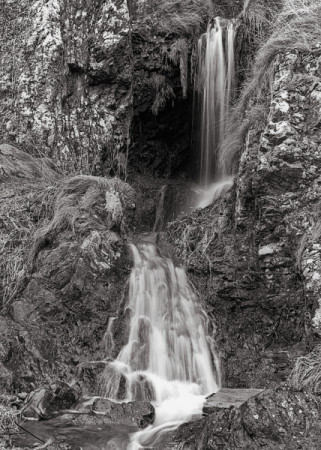
One of the things I learned from the GH2 is that it always pays to understand one’s equipment. For this reason, the first 100 frames shot on the NEX-7 fell into 4 kinds:
- studying noise with varying ISO in a comparatively low-light real-world scene (stuff on bookshelves in the study – good to know how noise and sharpness interplay in both the darkest shadows and midtones)
- building a library of dark-frame images at various ISO and shutter-speed combinations (taken with the lens-cap on, for a theoretically black shot – any non-zero pixels are sensor noise)
- building a library of lens correction profiles – taking images of a uniform out-of-focus plain wall to compare vignetting at various apertures and focal-lengths on both kit lenses
- studying kit-lens sharpness as a function of aperture – discussed previously.
Impressively, I could just load all these images into RawTherapee and easily move them into relevant directories in a couple of right-clicks, and from there I spent the rest of the evening deriving profiles for ISO noise and sharpness with automatic dark-frame-reduction and actually measured vignetting correction – because I know very well how much time it will save me in the future.
Despite having played with film cameras, I’m quite acutely aware of the change in sensor format this time: in moving from prolonged use of micro-4/3rds to APS-C, I can no longer assume that setting the lens to f/8 will give me everything in focus at the lens’s sweetspot, but have to stop-down to f/11 or even further. The tripod has already come into its own…
So there we go.
Oh, and the complete GH2 kit is for sale on ebay, if anyone wants to buy it!
Update 2014-02-02: the complete kit sold on eBay for a very reasonable sum!
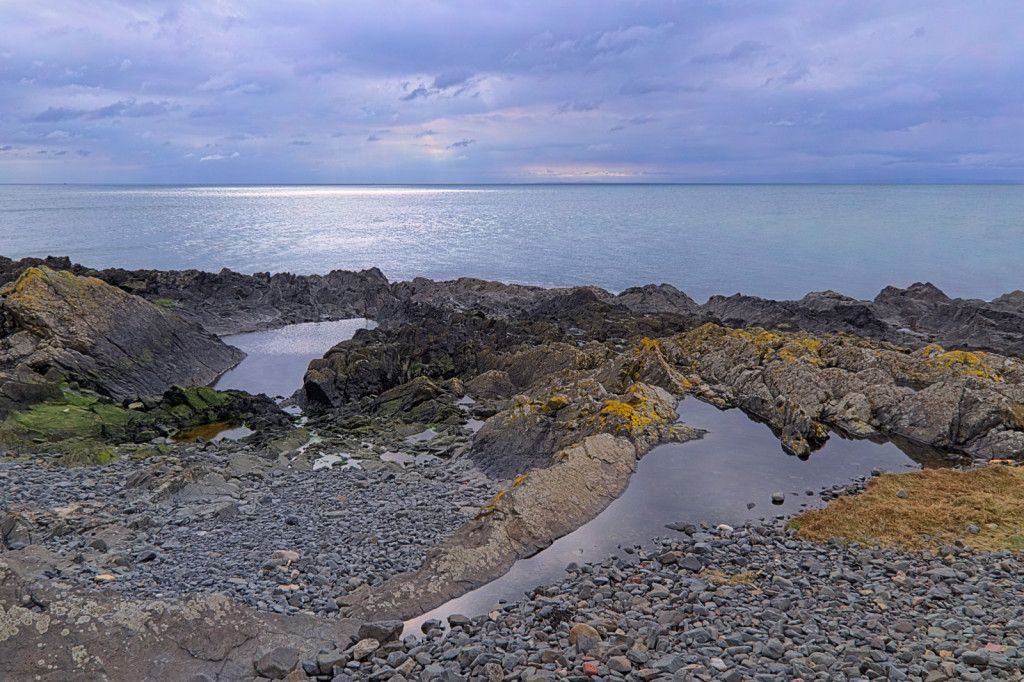
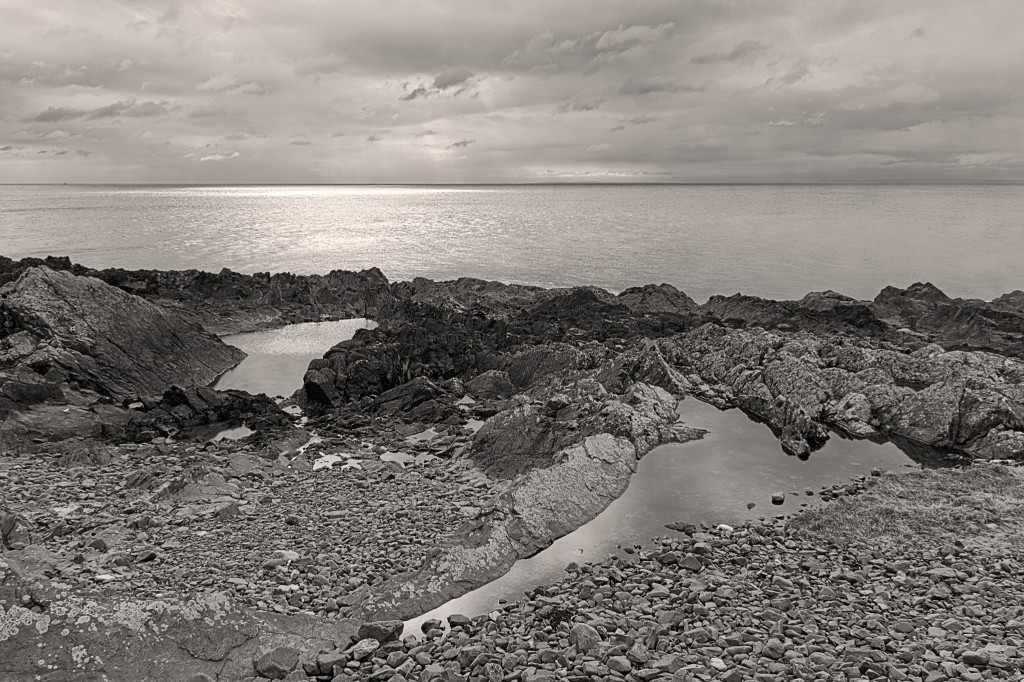
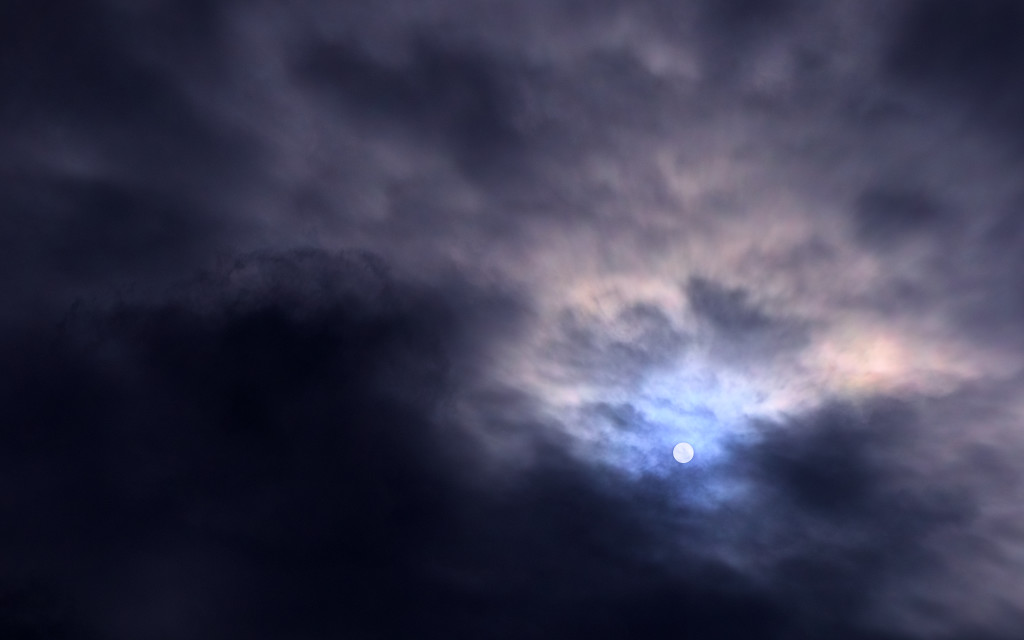
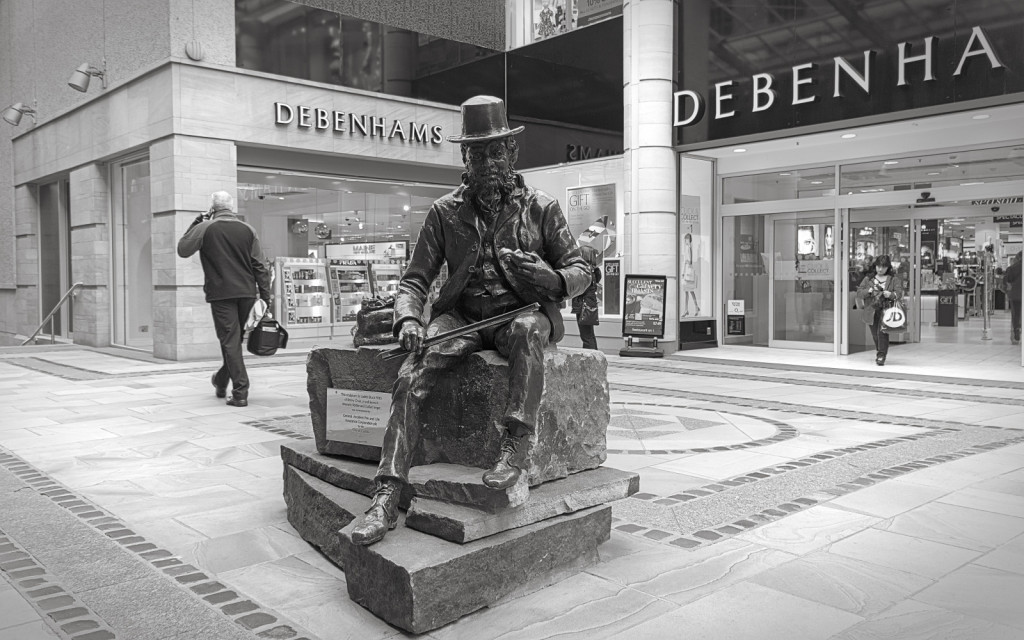
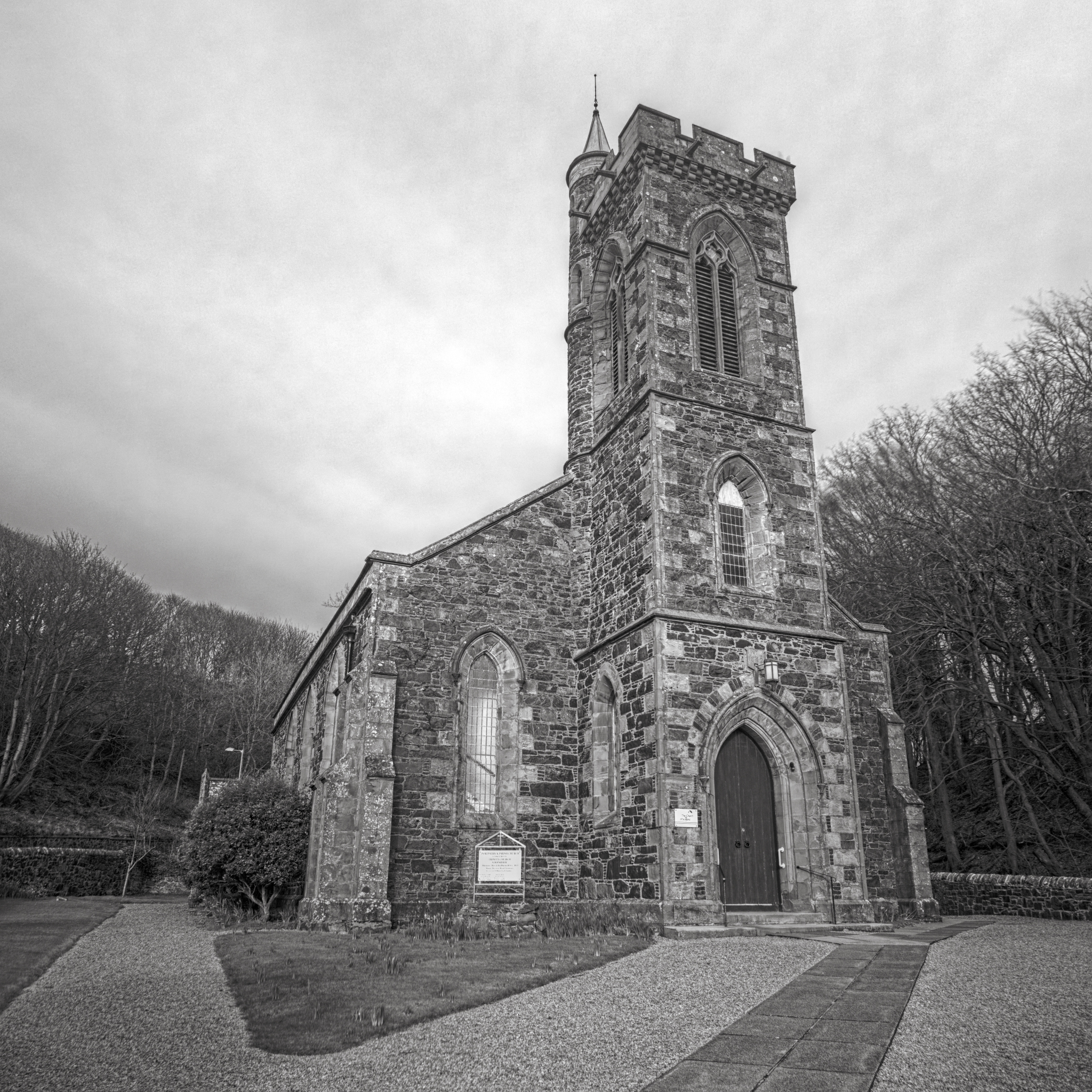
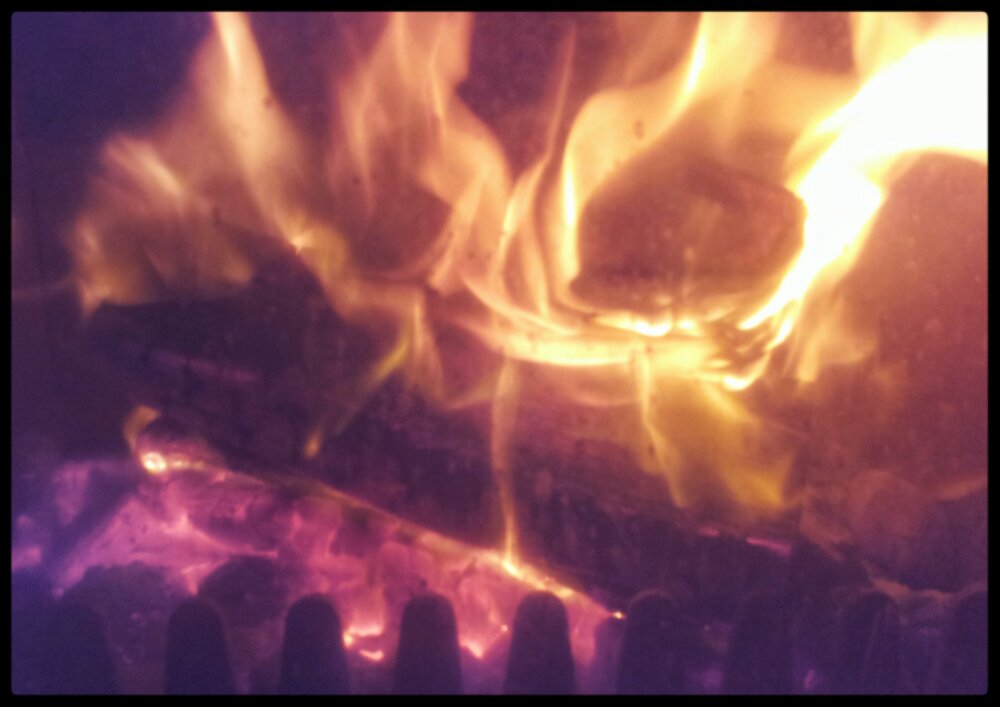
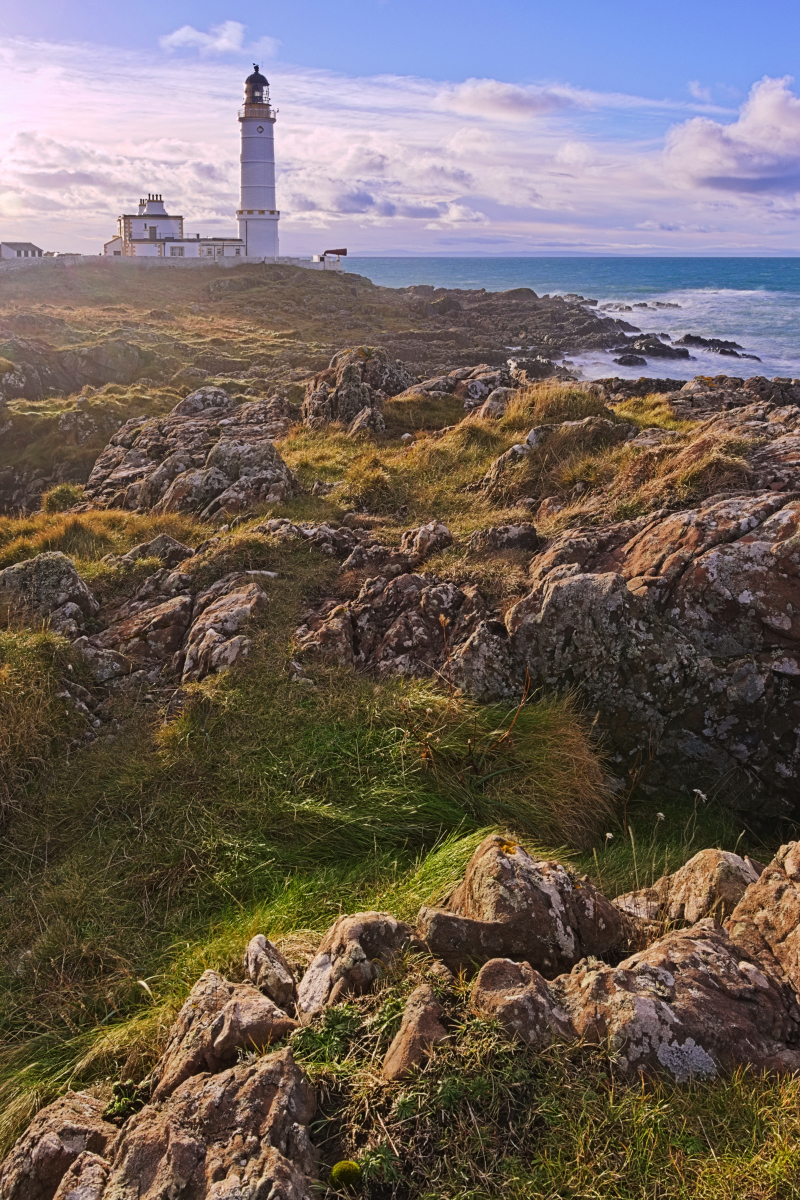
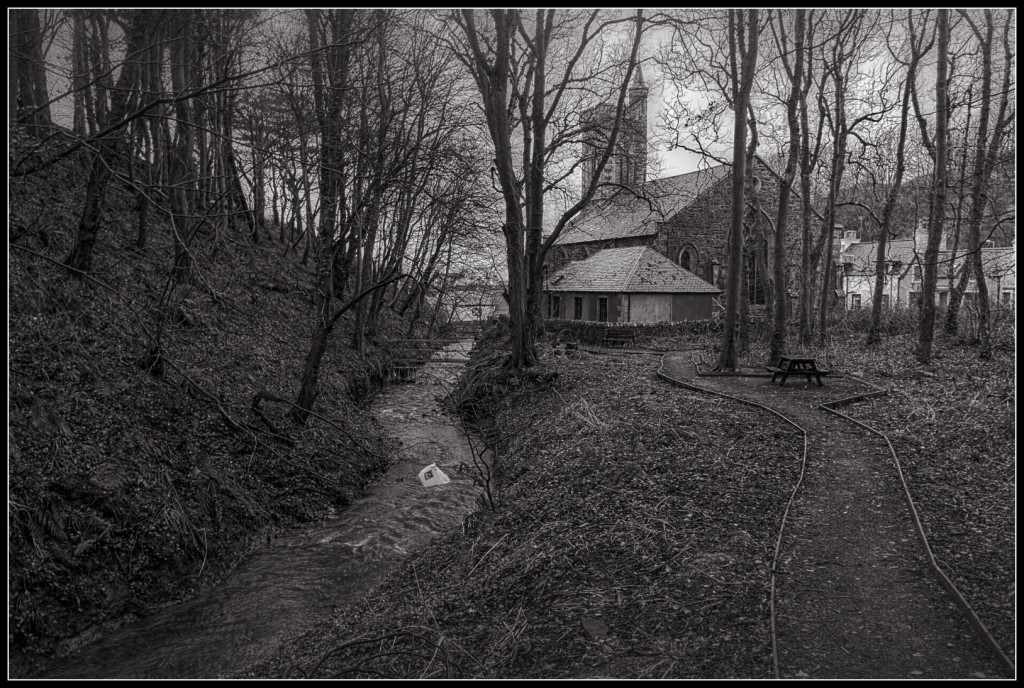
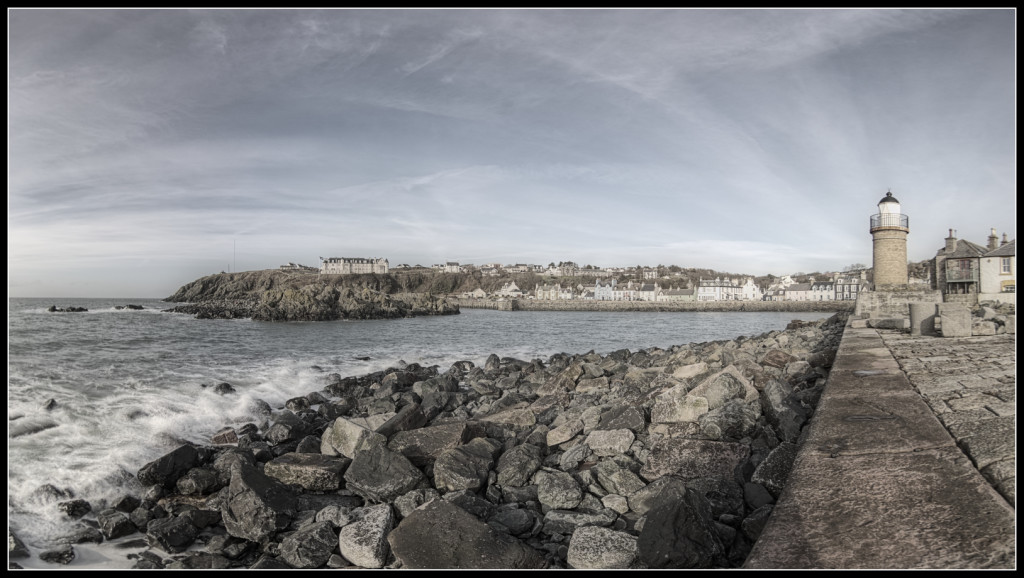
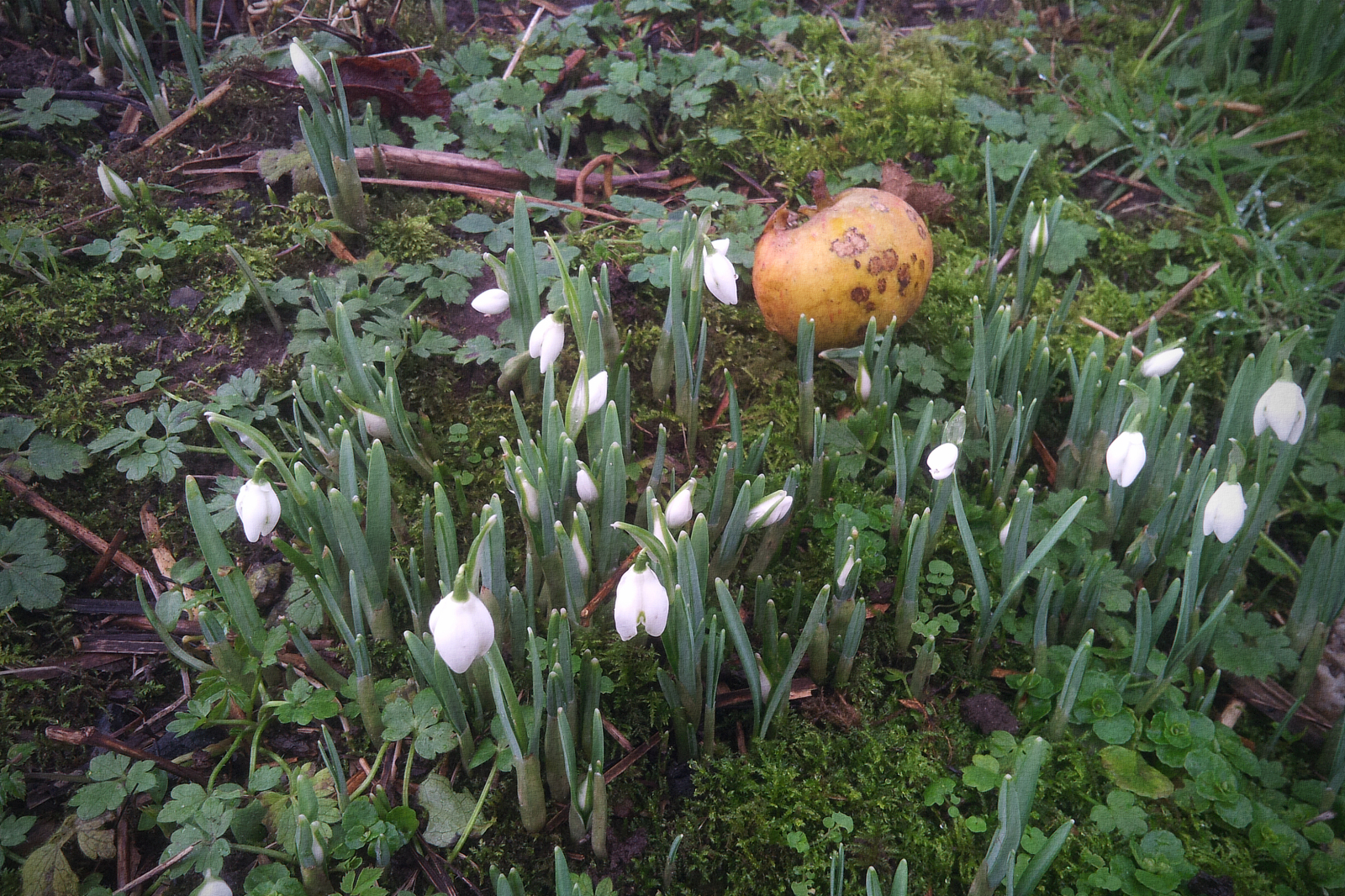
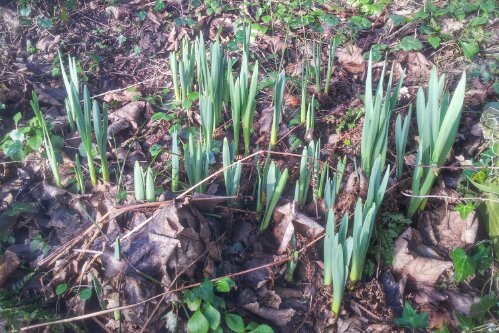
 Nearly 3 years ago I spent the best part of 2 hours one afternoon in PCWorld, looking to kick the Canon habit and vacillating between a Nikon (as I recall, the D3100) and the Panasonic Lumix GH2.
Nearly 3 years ago I spent the best part of 2 hours one afternoon in PCWorld, looking to kick the Canon habit and vacillating between a Nikon (as I recall, the D3100) and the Panasonic Lumix GH2.
